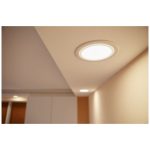Which LED Light Bulbs are the Best for Your Home? A Comprehensive Guide
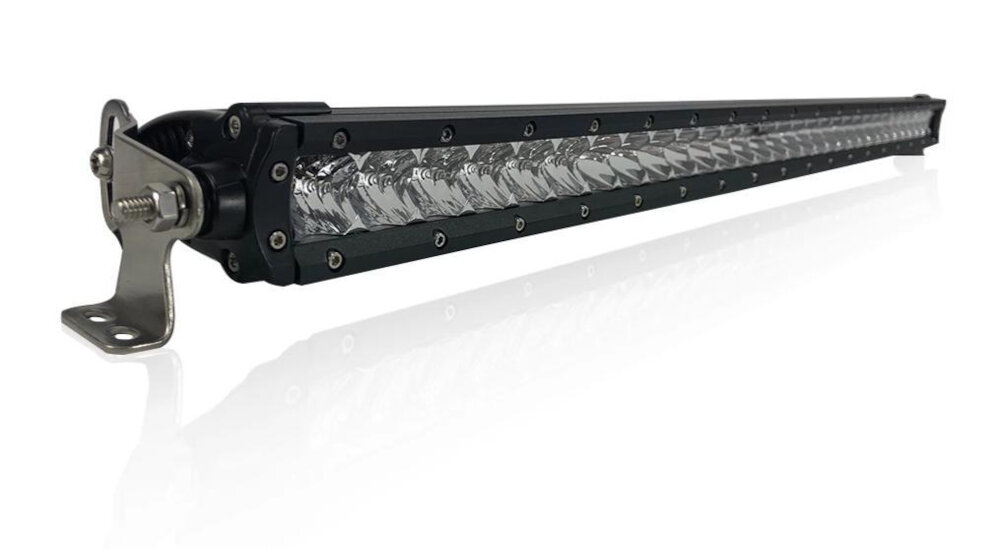
In today’s world, LED light bulbs have become an essential part of our daily lives. Whether it’s for lighting up our homes, offices, or outdoor spaces, LED bulbs are the go-to solution for their energy efficiency, longevity, and environmental friendliness. However, with so many options available in the market, choosing the right LED bulb for your home can be a daunting task. This is where a comprehensive guide comes in to help you make an informed decision. This guide aims to provide you with detailed information on which LED light bulbs are best suited for your home, taking into account factors such as brightness, color temperature, energy efficiency, and cost-effectiveness. By the end of this guide, you will have a better understanding of the different types of LED bulbs available in the market and which one is the best fit for your specific lighting needs. So let’s dive in and explore the world of LED light bulbs!
LED light bulbs are a popular choice for homeowners due to their energy efficiency and long lifespan. Unlike traditional incandescent bulbs, LED bulbs use less energy to produce the same amount of light. They also generate less heat, making them safer to use and reducing the strain on cooling systems. LED bulbs are available in a range of colors and brightness levels, allowing homeowners to choose the perfect lighting for their needs. Additionally, LED bulbs are more environmentally friendly than traditional bulbs, as they contain no harmful materials and have a longer lifespan, reducing the amount of waste generated. Overall, LED bulbs are a smart choice for homeowners looking to reduce their energy consumption and save money on their electricity bills while still enjoying high-quality lighting.
LED light bulbs have several advantages over traditional incandescent bulbs. Firstly, they are much more energy-efficient, using up to 80% less energy and lasting up to 25 times longer than their incandescent counterparts. This not only saves money on electricity bills but also reduces the amount of waste generated by regularly replacing burnt-out bulbs. Additionally, LED bulbs produce less heat, making them safer to use and reducing the risk of fire hazards. They also come in a variety of colors and can be dimmed, providing greater flexibility in lighting options. Overall, choosing LED bulbs for your home can result in significant cost and energy savings, while also providing a safer and more versatile lighting solution.
Types of LED Light Bulbs
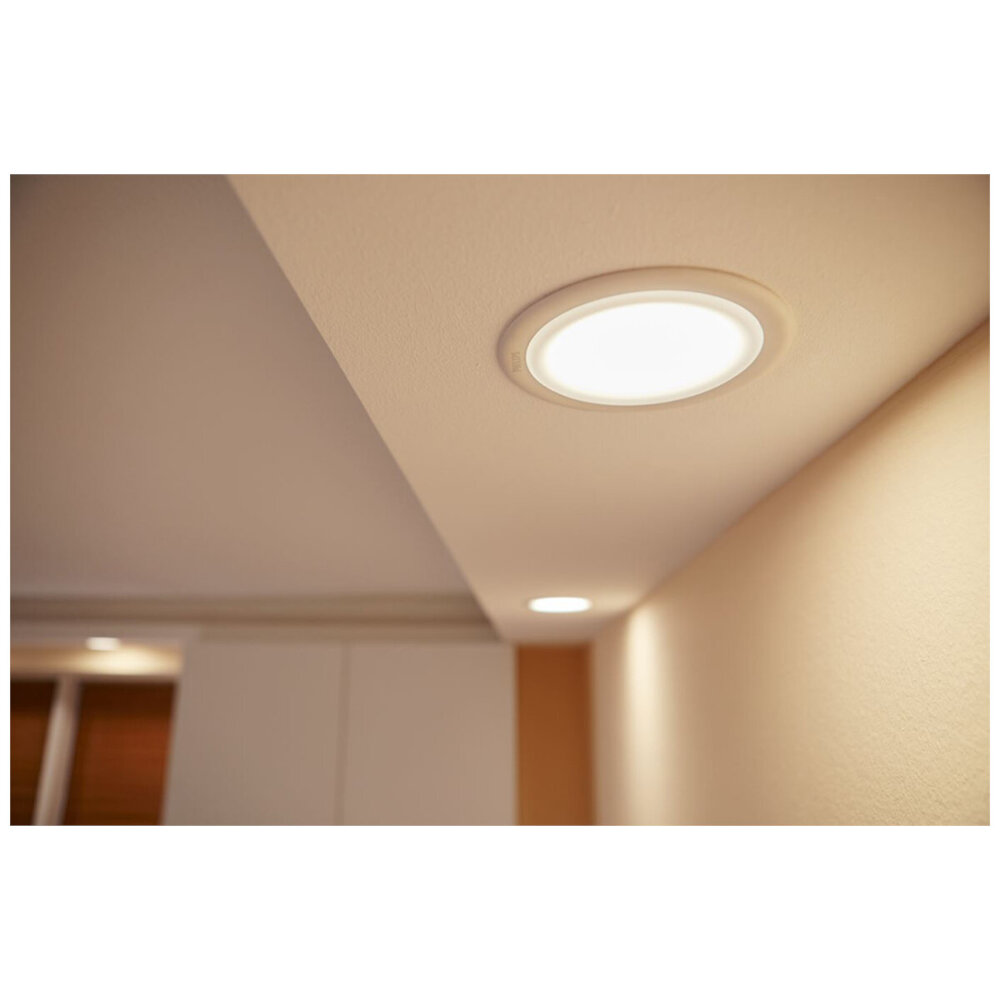
When it comes to choosing LED light bulbs for your home, there are several types available in the market, each with its unique features and benefits. The most common types of LED light bulbs are A-shaped, BR-shaped, and PAR-shaped bulbs. A-shaped bulbs are designed to replace standard incandescent bulbs and are ideal for use in lamps, ceiling fixtures, and wall sconces. They come in various wattages, ranging from 40 to 100 watts, and are available in warm, cool, and daylight color temperatures. BR-shaped bulbs, on the other hand, are designed for use in recessed lighting fixtures and are available in various beam angles, including narrow, medium, and wide. They are also available in different color temperatures and wattages, making them a versatile option for different lighting needs. Another popular type of LED light bulb is the PAR-shaped bulb, which stands for \parabolic aluminized reflector.\ These bulbs are commonly used in track lighting, landscape lighting, and outdoor floodlights. They are available in different beam angles and wattages, ranging from 25 to 120 watts, and are designed to provide directional lighting. Some PAR bulbs are also dimmable, allowing you to adjust the brightness as per your preference. With so many options available, it’s essential to choose the right LED light bulbs for your home based on your lighting needs, preferences, and budget.
LED light bulbs come in a variety of shapes, sizes, and colors to suit different needs. The most common types of LED bulbs include A-shaped bulbs, which are similar in appearance to traditional incandescent bulbs, but use significantly less energy. Globe bulbs, on the other hand, have a round shape and can be used in decorative fixtures. Candle bulbs have a tapered shape that resembles a candle flame and are commonly used in chandeliers and sconces. Floodlights are ideal for outdoor use and provide a wide beam of light to illuminate large areas. Finally, strip lights can be cut to size and are perfect for under-cabinet lighting or accent lighting in a room. With so many options available, it’s important to choose the right type of LED bulb for your specific lighting needs.
There are several types of LED light bulbs available in the market, each with its own set of pros and cons. The most common type is the A19 bulb, which is versatile and can fit in any standard light fixture. It is also energy-efficient and has a longer lifespan than traditional incandescent bulbs. However, A19 bulbs may not be suitable for all types of lighting needs, as they may not emit enough light for larger spaces. Globe bulbs, on the other hand, are perfect for decorative lighting and can provide a warm and cozy ambiance. However, they may not be as energy-efficient as other types of LED bulbs. Strip lights are great for under-cabinet lighting and accent lighting, but they may require professional installation and can be expensive. Ultimately, the best LED light bulb for your home depends on your specific lighting needs and preferences.
LED light bulbs are becoming increasingly popular in homes due to their energy efficiency and long lifespan. There are three main types of LED bulbs: A-shaped, BR-shaped, and PAR-shaped. A-shaped bulbs are best for general lighting purposes, such as lamps and ceiling fixtures. BR-shaped bulbs are ideal for directional lighting, such as recessed or track lighting. Finally, PAR-shaped bulbs are perfect for accent lighting, such as highlighting artwork or architectural features. By understanding the recommended uses for each type of LED bulb, homeowners can make informed decisions and enhance the overall lighting design of their homes.
Lumens and Wattage

When it comes to choosing the right LED light bulbs for your home, understanding lumens and wattage is crucial. Lumens measure the brightness of light emitted by a bulb, while wattage measures the amount of energy the bulb consumes. In the past, consumers would choose a bulb based on its wattage, assuming that the higher the wattage, the brighter the light. However, this is no longer the case with LED light bulbs. LED bulbs require less wattage to produce the same amount of light as traditional incandescent bulbs, resulting in significant energy savings. It’s important to note that when shopping for LED bulbs, you should look for lumens rather than wattage. A 60-watt incandescent bulb produces about 800 lumens, so you’ll want to look for an LED bulb with a similar lumen output. For example, a 9-watt LED bulb can produce the same amount of light as a 60-watt incandescent bulb, but with significantly less energy consumption. By choosing LED bulbs based on lumens rather than wattage, you can ensure that you’re getting the right amount of brightness while also saving money on your energy bill.
When it comes to LED light bulbs, two terms you’ll often hear are lumens and wattage. Lumens refer to the brightness or output of the bulb. The higher the lumens, the brighter the light. Wattage, on the other hand, refers to the amount of energy the bulb consumes to produce light. In the past, people used wattage as a measure of brightness, but with the advent of energy-efficient LED bulbs, wattage is no longer a reliable indicator of brightness. Instead, focus on lumens when choosing an LED bulb for your home. A higher lumen count means a brighter light, and LED bulbs with high lumens are especially useful in areas that require bright, task-oriented lighting, such as kitchens or workspaces.
When it comes to choosing LED light bulbs for your home, determining the appropriate lumens and wattage is crucial. Lumens are the measurement of brightness, while wattage is the measurement of energy consumption. To select the right bulbs, start by considering the room’s purpose and the desired level of brightness. A general rule of thumb is to have 10-20 lumens per square foot in a room, but this can vary depending on the task performed in the space. Additionally, consider the color temperature, as it affects the ambiance of the room. For example, a warm white light (2700K) creates a cozy and inviting atmosphere, while a cool white light (5000K) is more energizing and suitable for task lighting. By taking these factors into account, you can find the perfect LED light bulbs to enhance your home’s lighting and ambiance.
Color Temperature
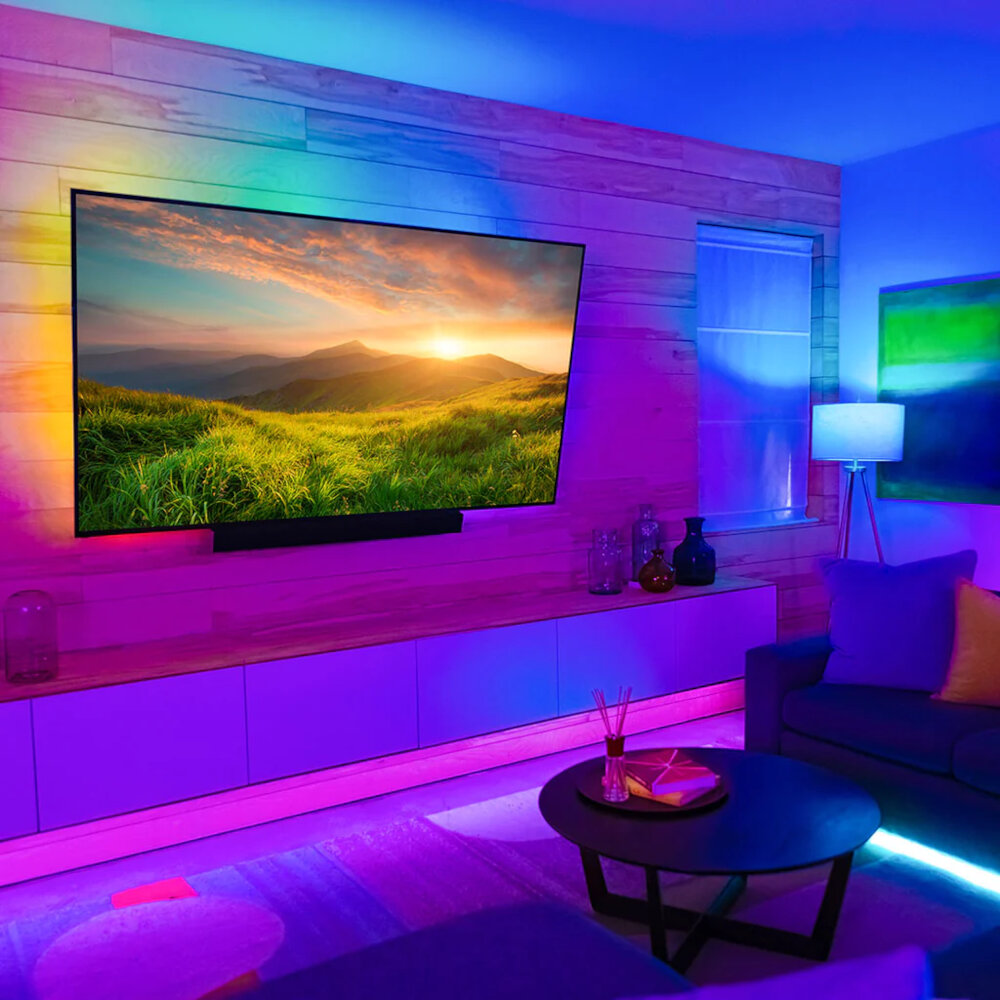
Color temperature is an essential aspect of LED light bulbs. It is the measurement of the color of light that a bulb produces. It is measured in Kelvin (K), and it ranges from warm to cool light. Warm light has a lower color temperature, while cool light has a higher color temperature. The choice of color temperature depends on the purpose of the light and the ambiance you want to create. Warm light is perfect for creating a cozy and relaxing atmosphere, while cool light is suitable for a bright and energizing environment. LED bulbs come in a wide range of color temperatures, from warm white to daylight. Warm white has a color temperature between 2200K and 3000K, giving a yellow or orange hue. It is ideal for bedrooms, living rooms, and other areas where you want to create a warm and comfortable atmosphere. Cool white has a color temperature between 3500K and 4100K, giving a natural white light. It is perfect for kitchens, bathrooms, and other areas where you need bright and clear light. Daylight has a color temperature between 5000K and 6500K, giving a bright and cool blue light. It is ideal for offices, garages, and other areas where you need a bright and stimulating environment. By choosing the right color temperature, you can create the perfect ambiance for your home.
Color temperature is a crucial factor to consider when choosing LED light bulbs for your home. It refers to the hue of light emitted by the bulb, measured in Kelvin (K). Bulbs with a lower Kelvin rating, usually between 2000K-3000K, emit a warm, yellowish light that is ideal for creating a cozy and relaxing atmosphere in living spaces. On the other hand, bulbs with a higher Kelvin rating, usually between 5000K-6500K, emit a cool, bluish light that is perfect for task lighting in areas like the kitchen or bathroom. It’s important to note that the color temperature of the light can affect the mood and ambiance of a room, so choosing the right color temperature is essential to creating the desired atmosphere in your home.
Determining the appropriate color temperature for your needs is crucial when selecting LED light bulbs for your home. Color temperature is measured in Kelvins (K), and it is used to describe the color appearance of light. Generally, lower Kelvins, around 2700K, produce a warm, yellowish light that creates a cozy atmosphere, suitable for living rooms or bedrooms. On the other hand, higher Kelvins, around 5000K or above, produce a cool, bluish light that is ideal for task-oriented areas such as kitchens or bathrooms. However, it’s important to note that personal preference plays a significant role in selecting color temperature. Take into consideration the purpose of the room, your preferred ambiance, and the color of your walls and furniture when choosing the appropriate color temperature for your needs.
The recommended color temperature for different rooms in your home can contribute significantly to the ambiance and overall feel of the space. For example, a warm white (2700K-3000K) is recommended for bedrooms and living rooms as it creates a cozy and relaxing atmosphere. On the other hand, a cool white (4000K-5000K) is recommended for workspaces such as home offices, kitchens, and bathrooms, as it provides a brighter and more energizing environment. Daylight white (5000K-6500K) is also an option for areas that require maximum visibility, such as garages and outdoor spaces. It is important to consider the function of the room and the desired mood when choosing the appropriate color temperature for your LED light bulbs.
Dimming and Smart Bulbs
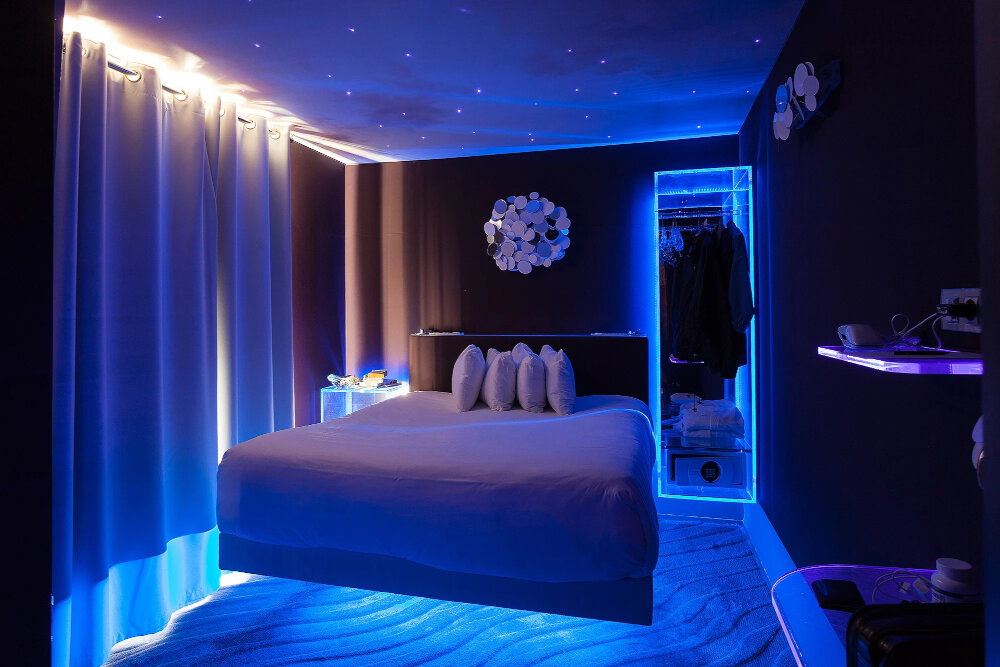
Dimming has become an essential feature in lighting systems, and it is no different in LED bulbs. The ability to adjust the light intensity is crucial for creating ambiance and mood in a room. Using a dimmer switch with LED bulbs can also help save energy and extend the bulb’s lifespan. However, not all LED bulbs are compatible with dimmer switches. It is crucial to look for bulbs that are specifically labeled as \dimmable\ to ensure proper functionality. Moreover, it is essential to check the compatibility of the dimmer switch with the bulb to avoid any flickering or humming noises. With dimmable LED bulbs, you can create a comfortable atmosphere in your home while saving energy and optimizing your lighting system’s lifespan. Smart bulbs are the latest technological innovation in the lighting industry, and they have gained popularity in recent years. These bulbs can be controlled using a smartphone or a voice-activated virtual assistant such as Amazon Alexa or Google Assistant. Smart bulbs offer several advantages, such as the ability to customize the color and intensity of the light and create schedules for when the lights turn on and off. They are also energy-efficient and can save money on electricity bills. However, they are more expensive than traditional LED bulbs and require a stable Wi-Fi connection and a compatible device to control them. Smart bulbs can be a great investment for those who want to have complete control over their home lighting system and enjoy the convenience of controlling the lights from their smartphones or voice-activated devices.
Dimming and smart bulbs are two excellent options for homeowners who want to control their lighting environment. Dimming bulbs allow users to lower the brightness of their lighting fixtures, providing a warm and cozy atmosphere that is perfect for relaxation or entertainment. Smart bulbs, on the other hand, allow users to control their lights via a smartphone app or voice command, giving them complete control over their lighting environment. Both of these options are energy-efficient and can help homeowners save money on their electricity bills. Additionally, they are both available in a variety of styles and designs, making it easy to find the perfect fit for any home décor. Whether you prefer the simplicity of dimming bulbs or the convenience of smart bulbs, there is an LED light bulb out there that is perfect for your home.
LED light bulbs come in various types, each with its own set of pros and cons. The most popular type is the A-type bulb, which is versatile and can fit into most light fixtures. It is also energy-efficient and has a long lifespan. Another type is the BR bulb, which is suitable for directional lighting and can be used in recessed lighting fixtures. However, it may not be as energy-efficient as other LED bulbs. The MR bulb is ideal for accent lighting and has a narrow beam angle, but it may not be suitable for general lighting. Lastly, the filament bulb is a stylish option that can enhance the ambiance of a room, but it may not be as energy-efficient as other LED bulbs. Ultimately, the choice of LED bulb type depends on the intended use and personal preference.
LED light bulbs come in a variety of shapes and sizes, each with a particular recommended use. A19 bulbs are the most common and versatile, ideal for general lighting in living spaces, bedrooms, and kitchens. BR30 bulbs are designed for recessed lighting and work best in areas where directional lighting is needed, such as bathrooms, kitchens, and hallways. PAR38 bulbs are ideal for outdoor lighting and spotlighting, and they work well in areas with high ceilings, such as entryways and foyers. Candle bulbs are perfect for chandeliers and other decorative fixtures, adding a touch of elegance to any room. Globe bulbs are great for vanity lighting, as they offer a soft, diffused light that is ideal for applying makeup or grooming. Tube bulbs are best for task lighting, such as in workshops, garages, or under-cabinet lighting in kitchens. By selecting the right LED light bulb for your needs, you can enhance the beauty and functionality of your home while saving energy and money.
LED light bulbs have become a popular choice for lighting up homes and offices due to their energy efficiency and longevity. There are several types of LED light bulbs available in the market, including A-shaped bulbs, BR bulbs, PAR bulbs, and MR bulbs. A-shaped bulbs are the most commonly used type of LED bulb, resembling the traditional incandescent bulb, and are used for general lighting purposes. BR bulbs are often used for recessed lighting and provide directional light. PAR bulbs are similar to BR bulbs but offer more focused, directional light. Lastly, MR bulbs are used for accent lighting and offer a narrow beam of light. It is essential to understand the different types of LED bulbs to select the best one for your home’s specific lighting needs.
When it comes to choosing LED light bulbs for your home, there are various scenarios and needs to consider. For instance, if you are looking for energy-efficient bulbs that don’t emit too much heat, then dimmable LED bulbs are an excellent choice. Similarly, if you want bulbs that can change colors, then you should opt for color-changing LED bulbs. Additionally, for outdoor lighting, you can choose weather-resistant LED bulbs that can withstand harsh weather conditions. Furthermore, for ambient lighting, warm white LED bulbs are ideal, whereas cool white LED bulbs are perfect for task lighting. Lastly, if you want to save money in the long run, then look for LED bulbs with a longer lifespan and lower wattage. Overall, understanding your lighting needs and selecting the right LED bulbs can make a significant difference in your home’s lighting quality and energy consumption.
Conclusion

In conclusion, choosing the best LED light bulbs for your home requires careful consideration of several factors such as the type of bulb, color temperature, lumens, and energy efficiency. With a wide range of options available in the market, it is crucial to identify your lighting needs and preferences before making a purchase. While some LED bulbs may be more expensive upfront, they offer long-term cost savings and environmental benefits. Ultimately, the best LED light bulb for your home is one that provides the right level of brightness, color, and energy efficiency to meet your specific lighting requirements. So, take your time, do your research, and choose wisely. Your home and your wallet will thank you.



